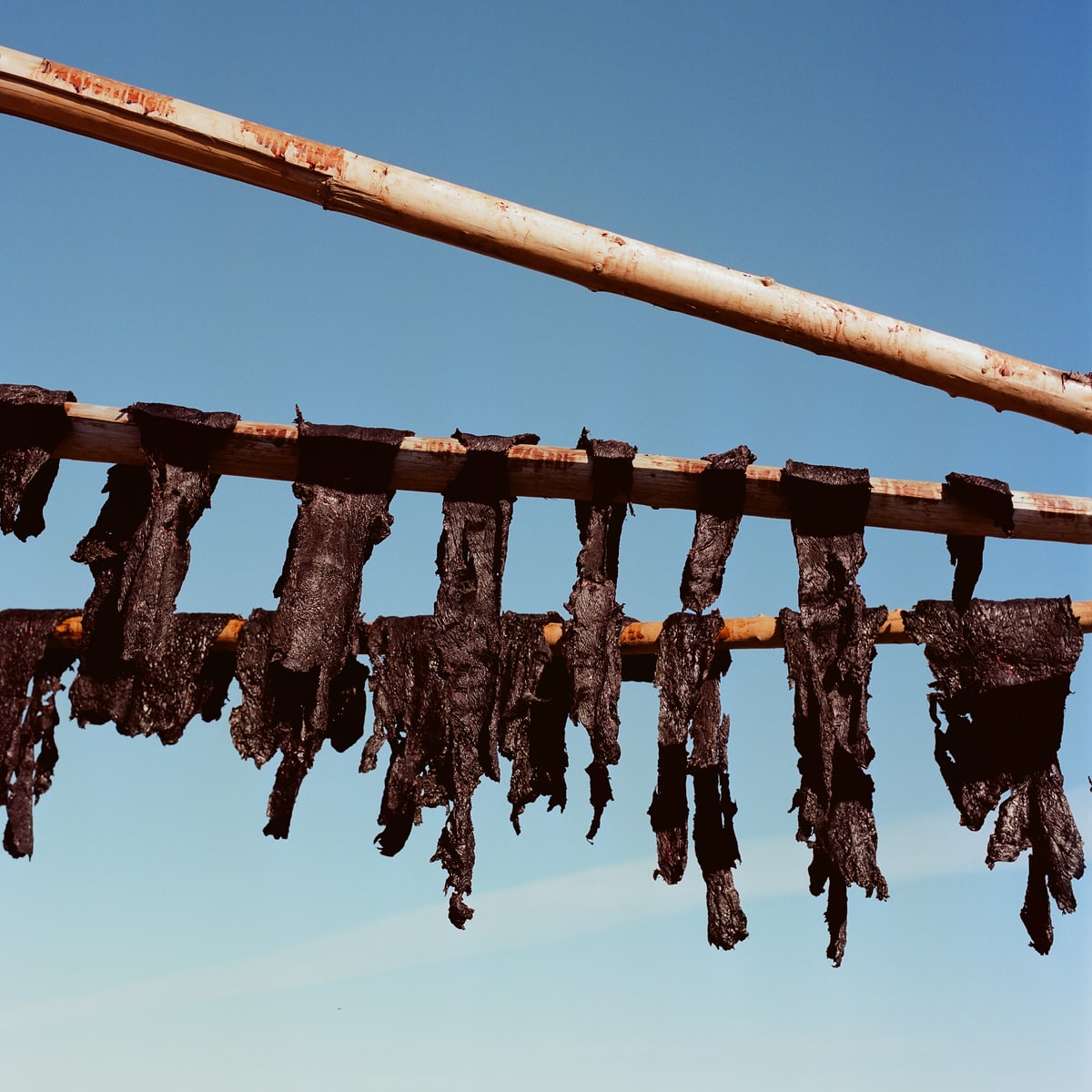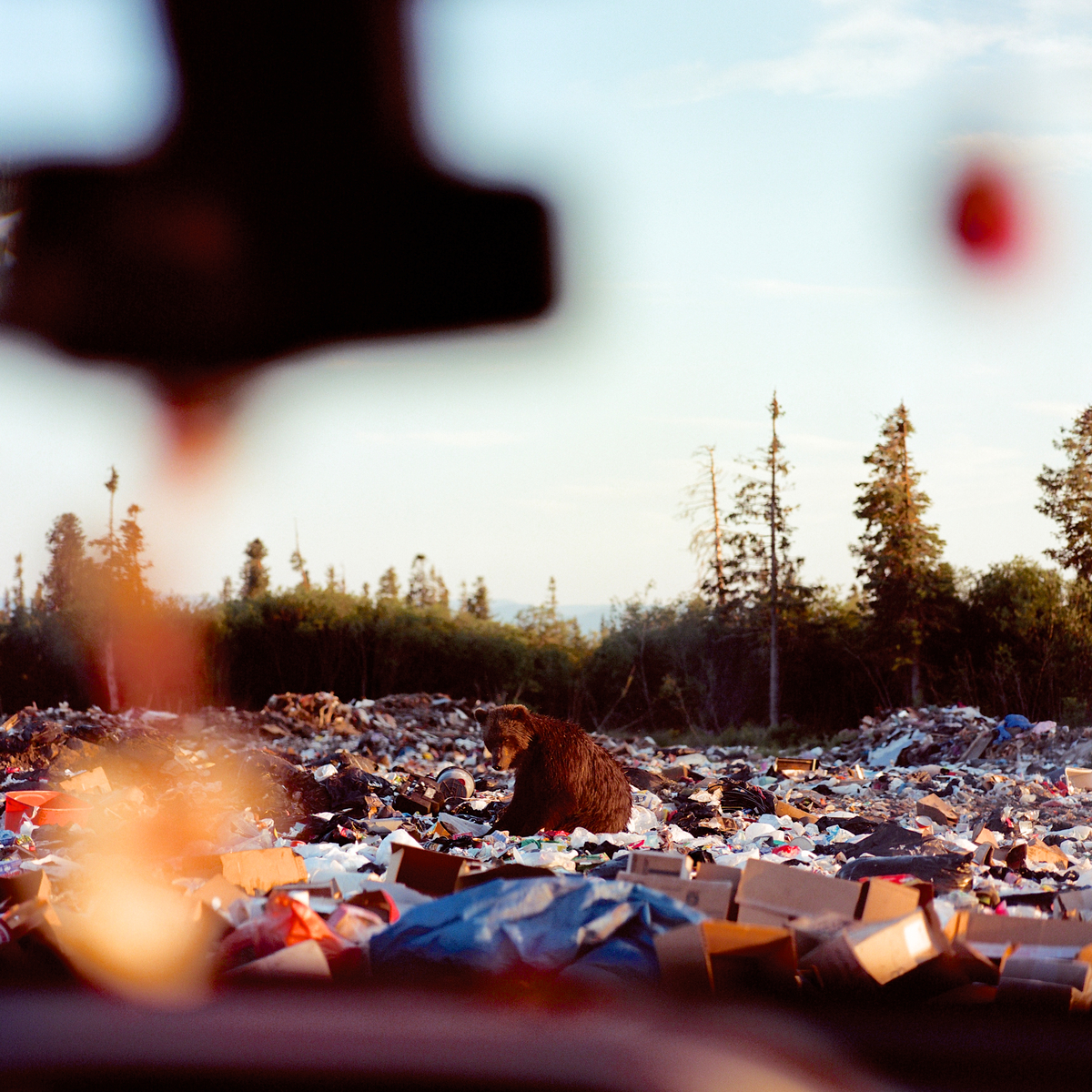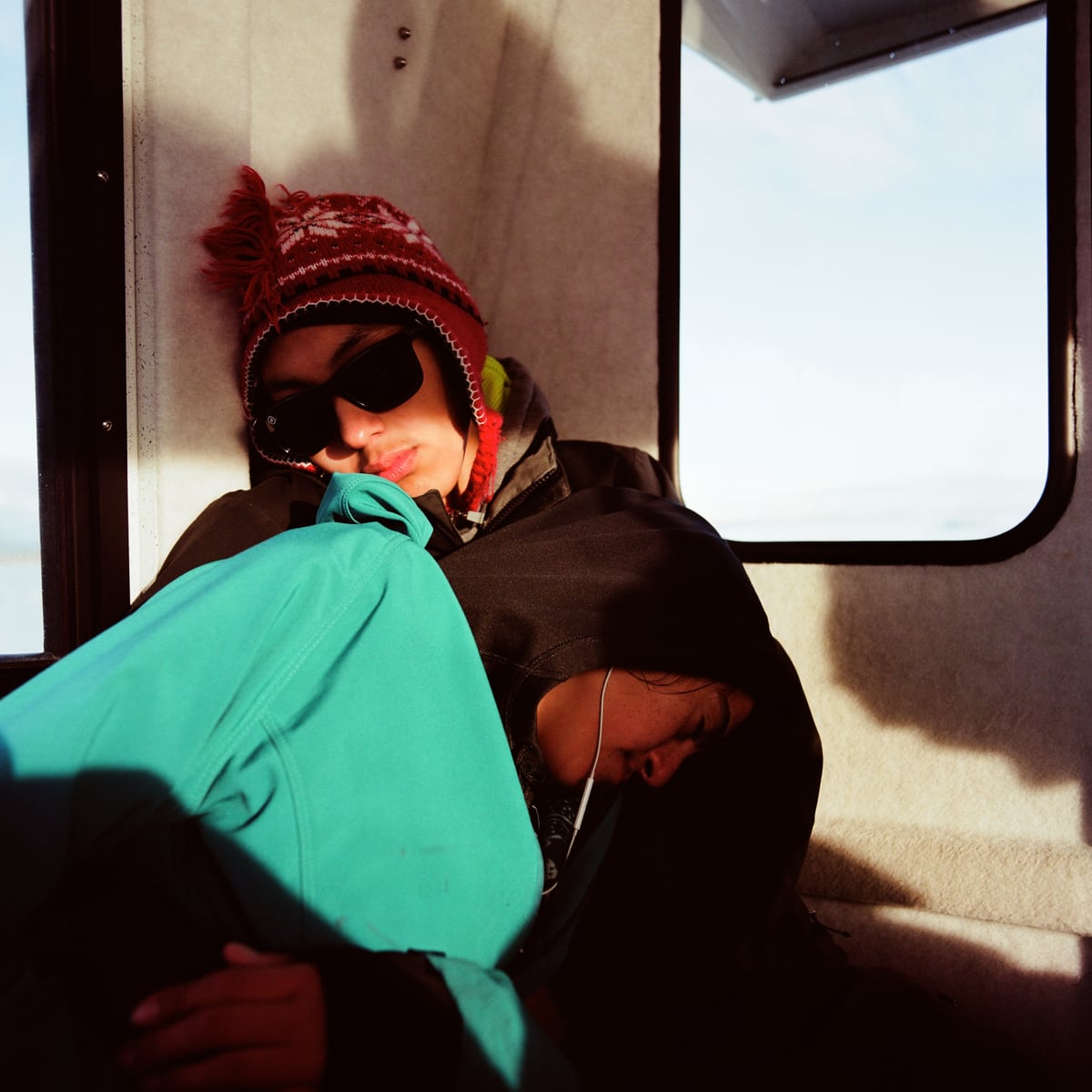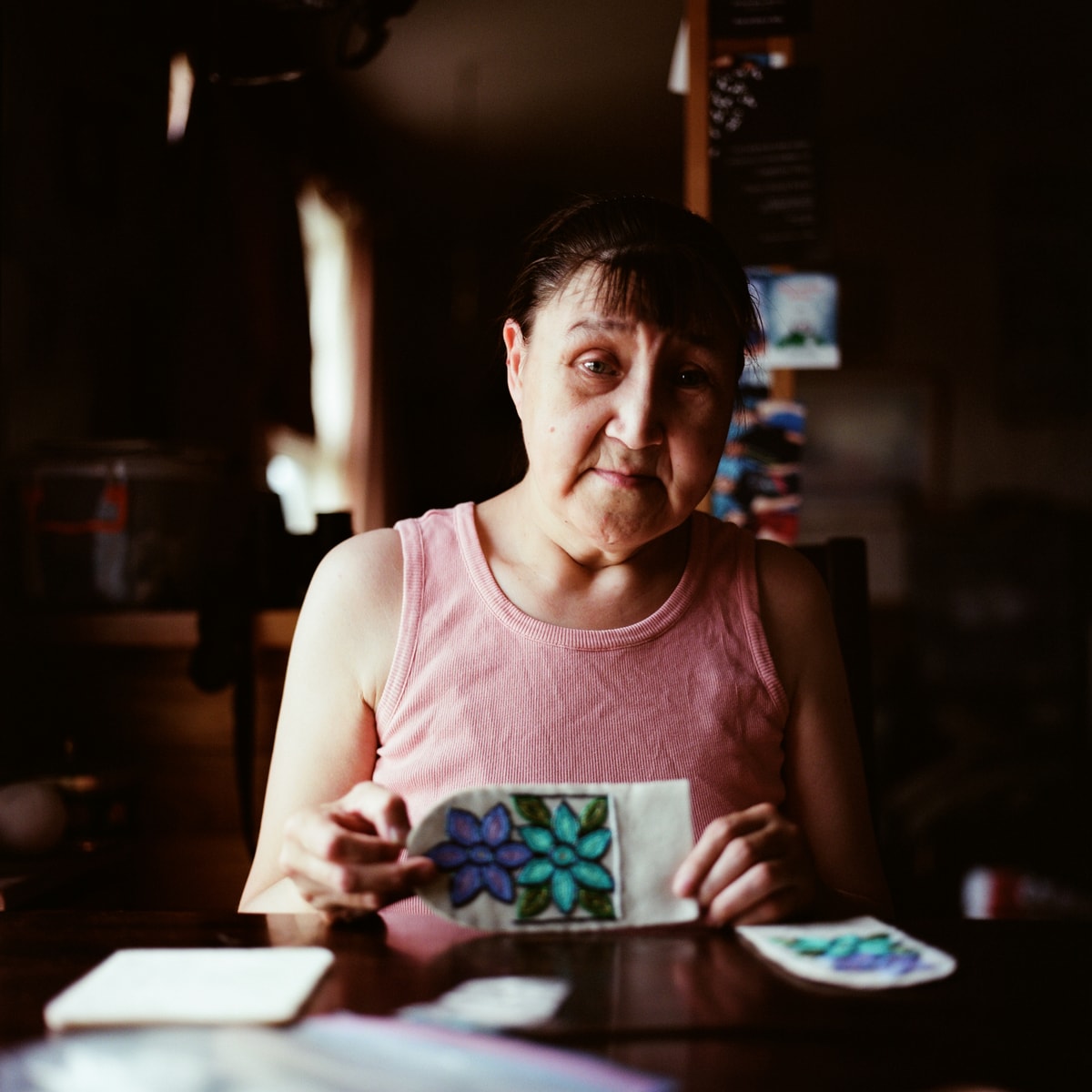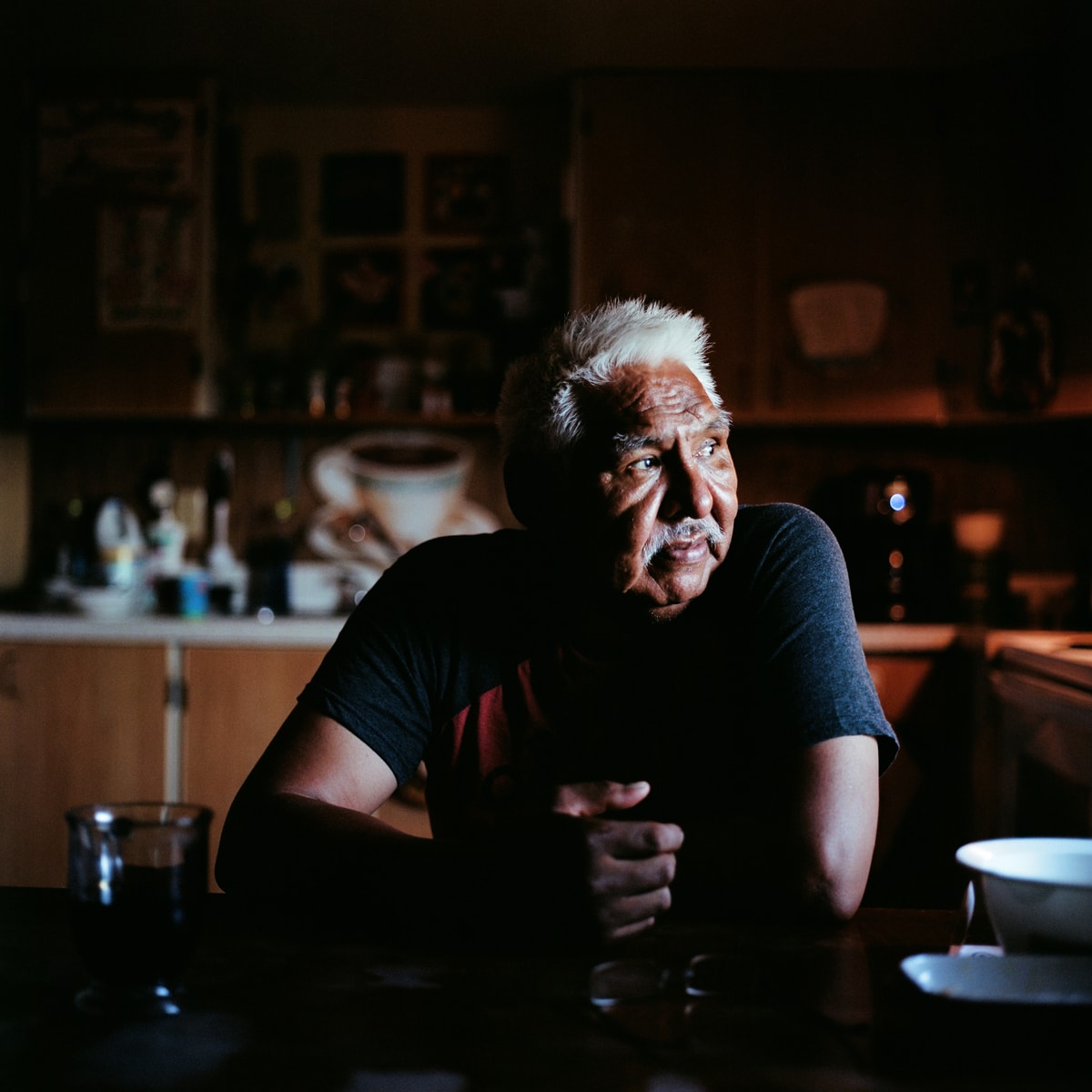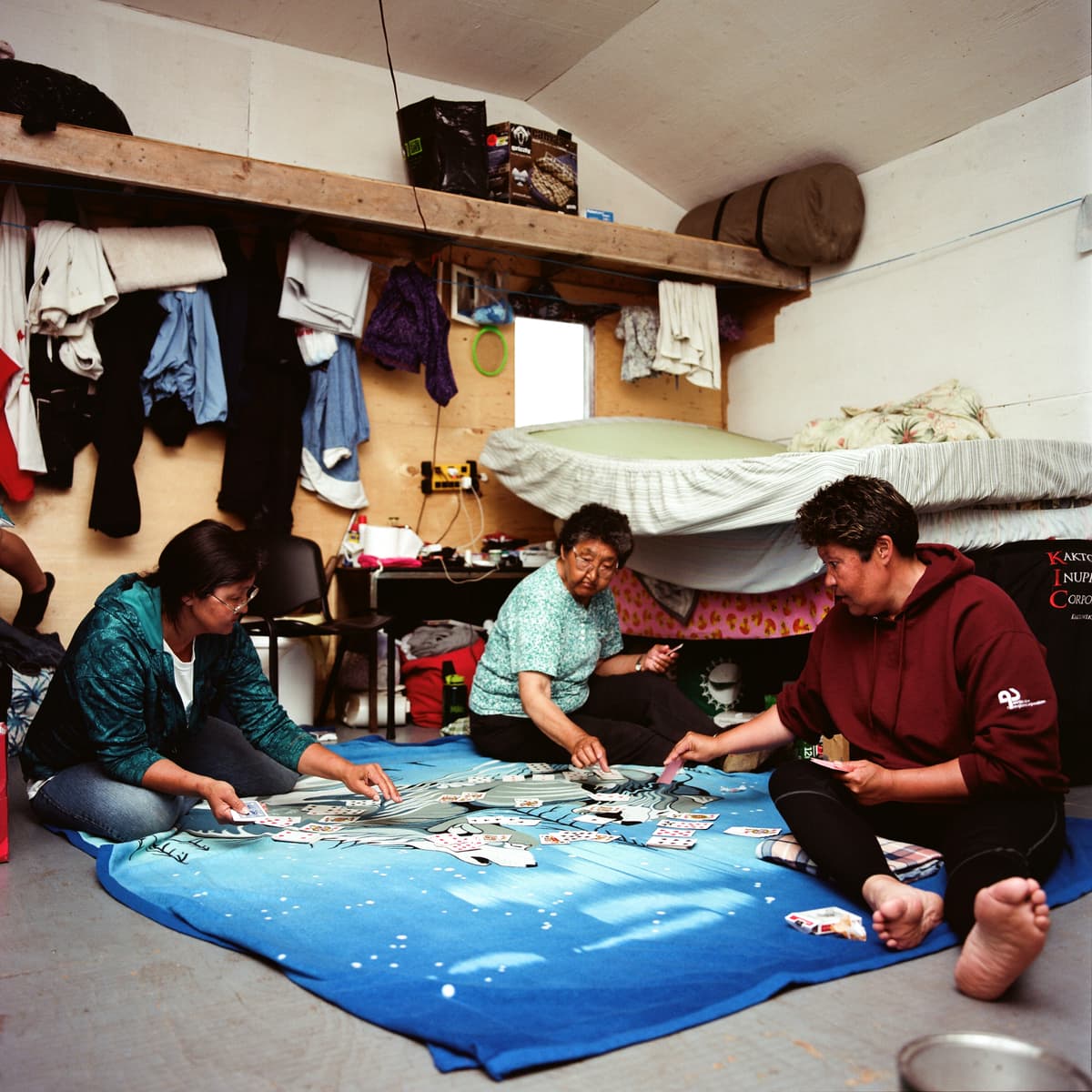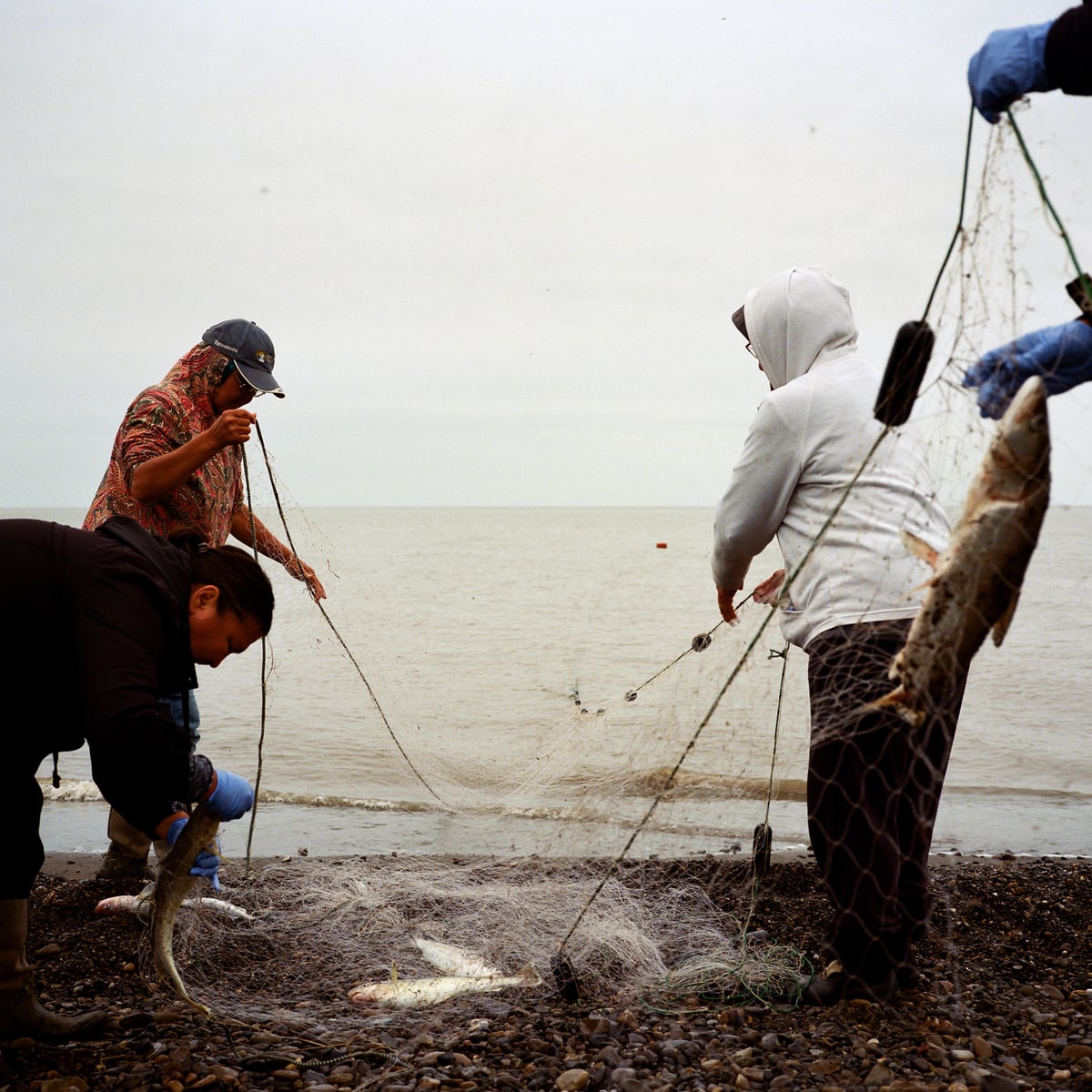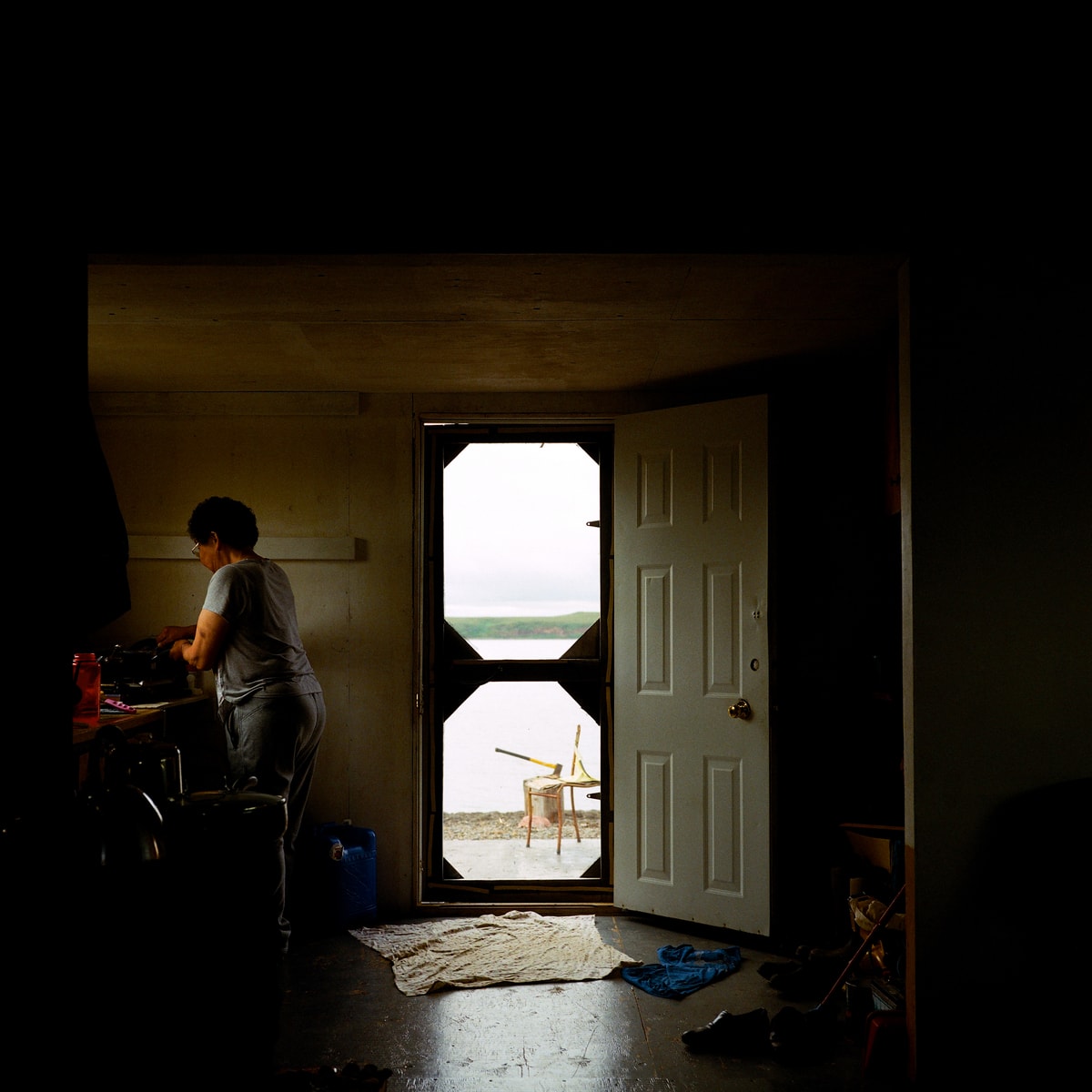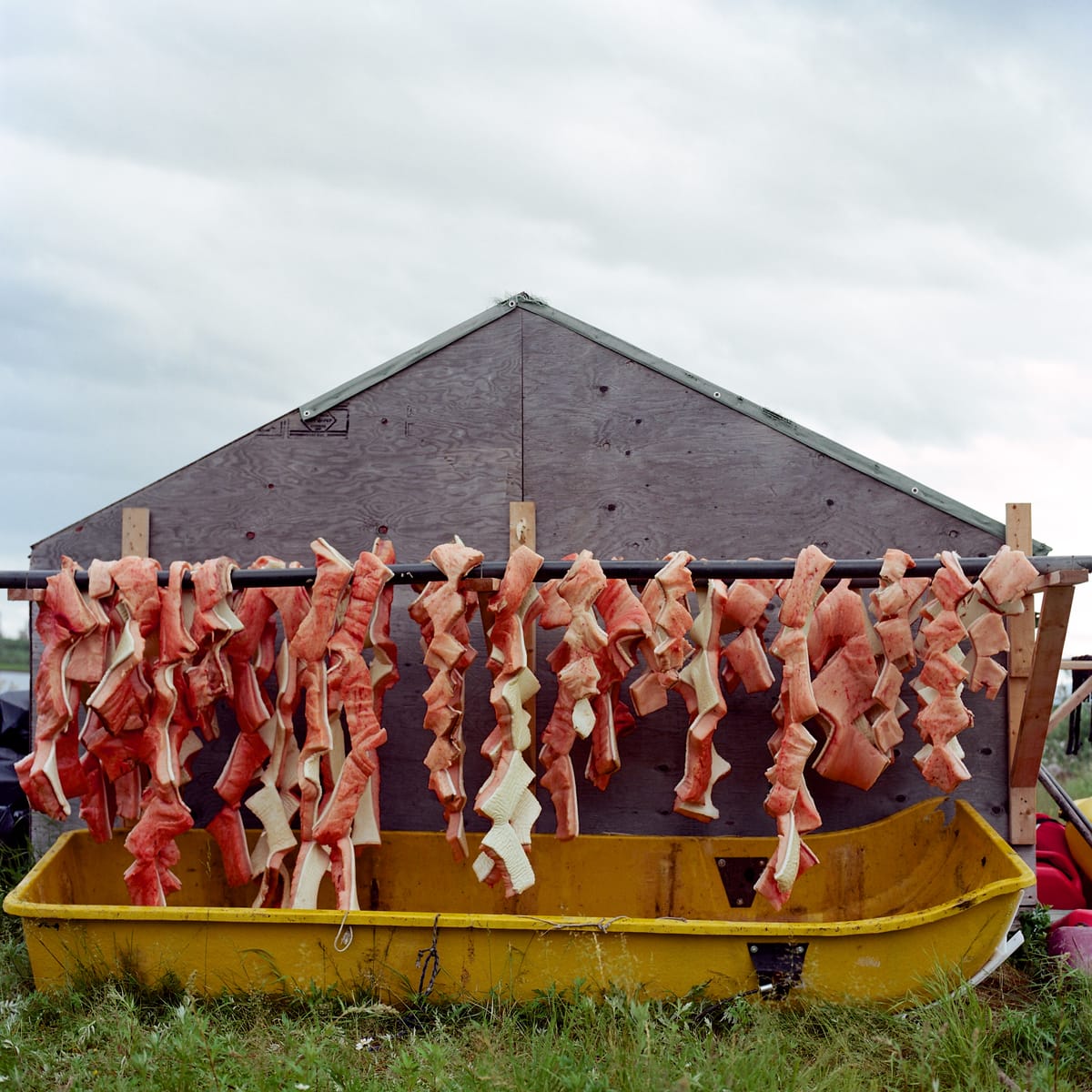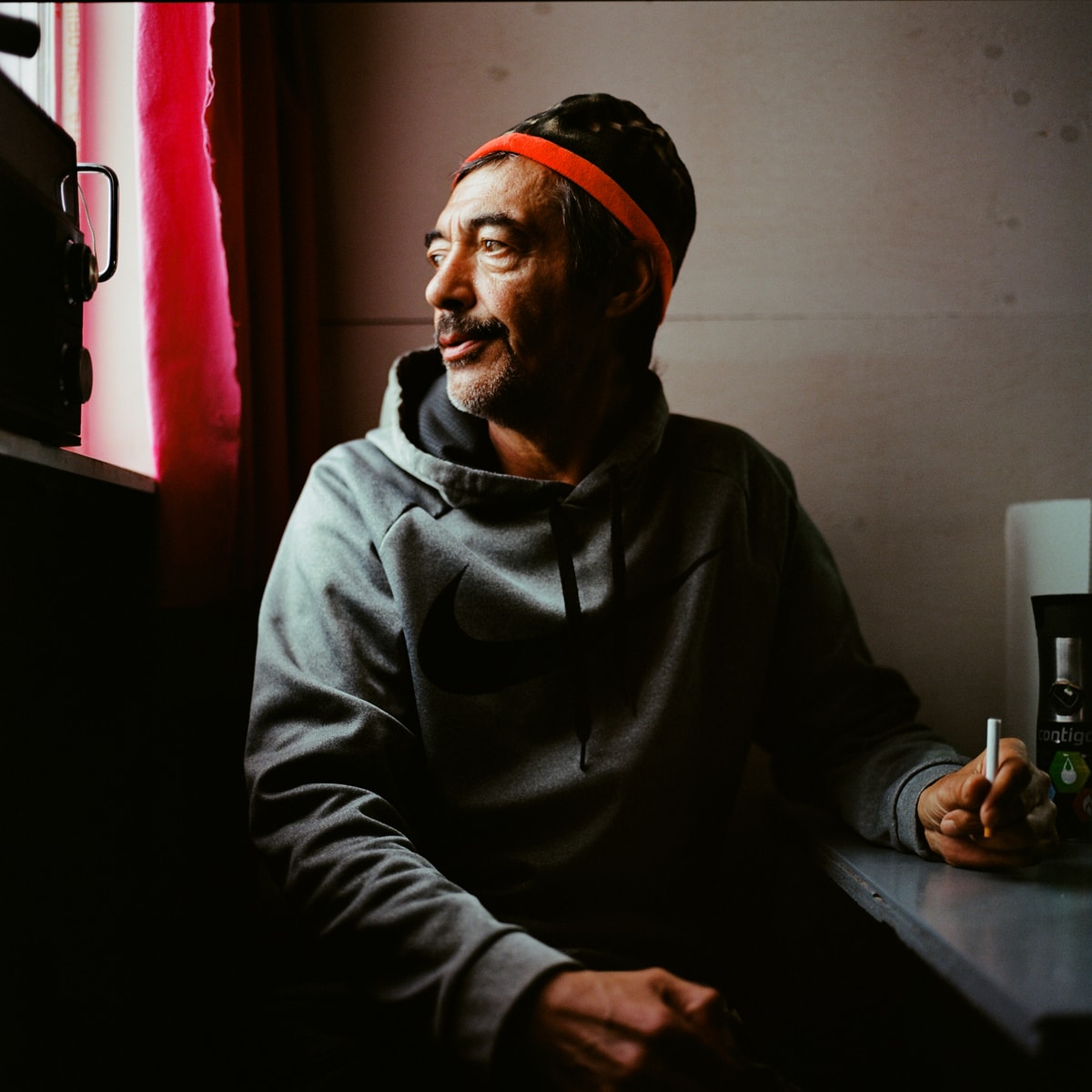Share
Photographing Alaska and Canada’s Inuit Communities
Brian Adams has been on our radar for a while. An editorial and documentary photographer, his style is simultaneously calm and probing. He’s got ...
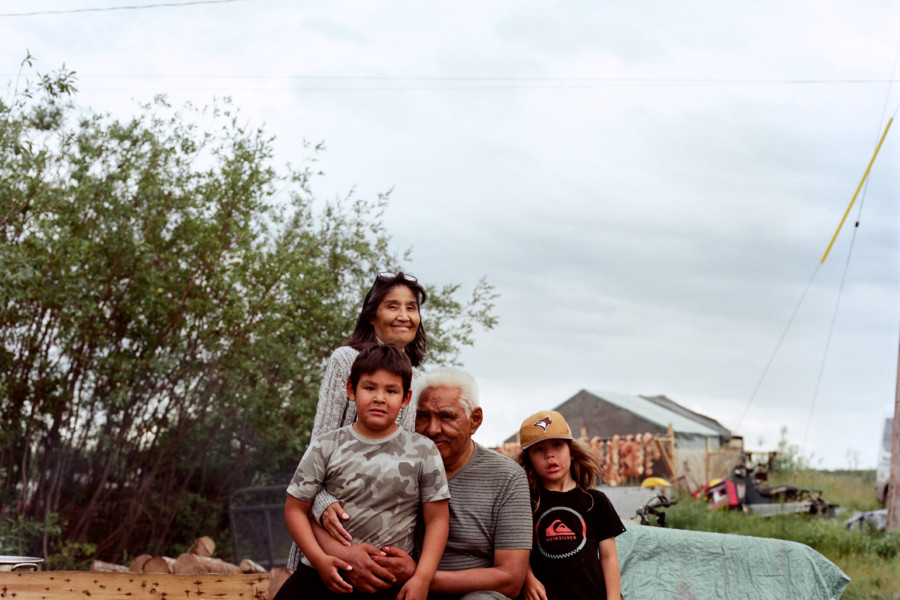
Brian Adams has been on our radar for a while. An editorial and documentary photographer, his style is simultaneously calm and probing. He’s got a knack for capturing environments with a thoughtfulness that’s powerful and also clearly working for him, since his work has been featured in both national and international publications.
Last year Adams received a fellowship grant from the Native Arts and Cultures Foundation and the Rasmuson Foundation to continue his work on documenting Inuit life in Alaska and the circumpolar. We wanted to know more about that work and what he’s been up to.
The project is called “Ilatka: The Inuit Word For My Relatives”. Can you explain what it’s all about?
At the end of 2016, I finished shooting for the I AM INUIT project. That project was focused on Alaskan Inuit and resulted in a traveling exhibit with the Anchorage Museum and a book. When I was working on the I AM INUIT project I reconnected to Bruce Inglagasak of Kaktovik, Alaska. He talked to me about his relatives in Canada and how he travels twice a year to visit them. In the winter he travels 350 miles by snow machine to visit them and in the summer he makes the trip by boat. Inuit of the circumpolar live in Russia, Alaska, Canada and Greenland. For the next five years, my hope is to photograph Inuit throughout the circumpolar and document the similarities and family ties between Inuit separated by borders.
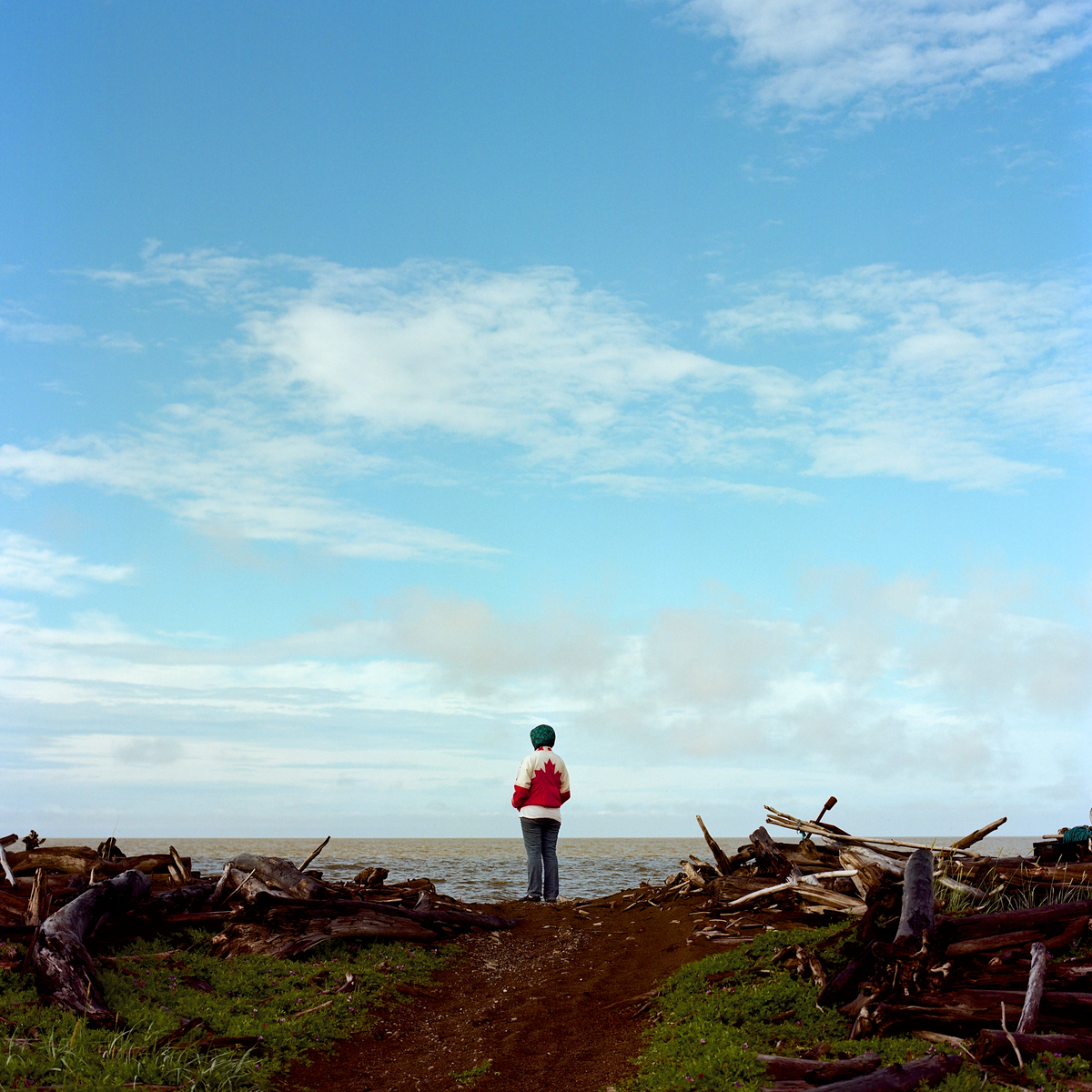
What gear are you using?
I shoot with the Hasselblad V system. I always have two bodies; one with a 80mm lens always on it and the other one usually has a 50mm or a 150mm. I also use a Mamiya 6 rangefinder camera with a 75mm lens, for the more spontaneous moments.
All your images are square. Was that a choice you made for social media reasons or something else?
The film cameras I shoot with are all 6×6 medium format film. I have been shooting the square format since 2006. I feel like I learned early on that I do my best work and see best with the square format. So years ago I decided to stick to the square to have a consistent look throughout my career.
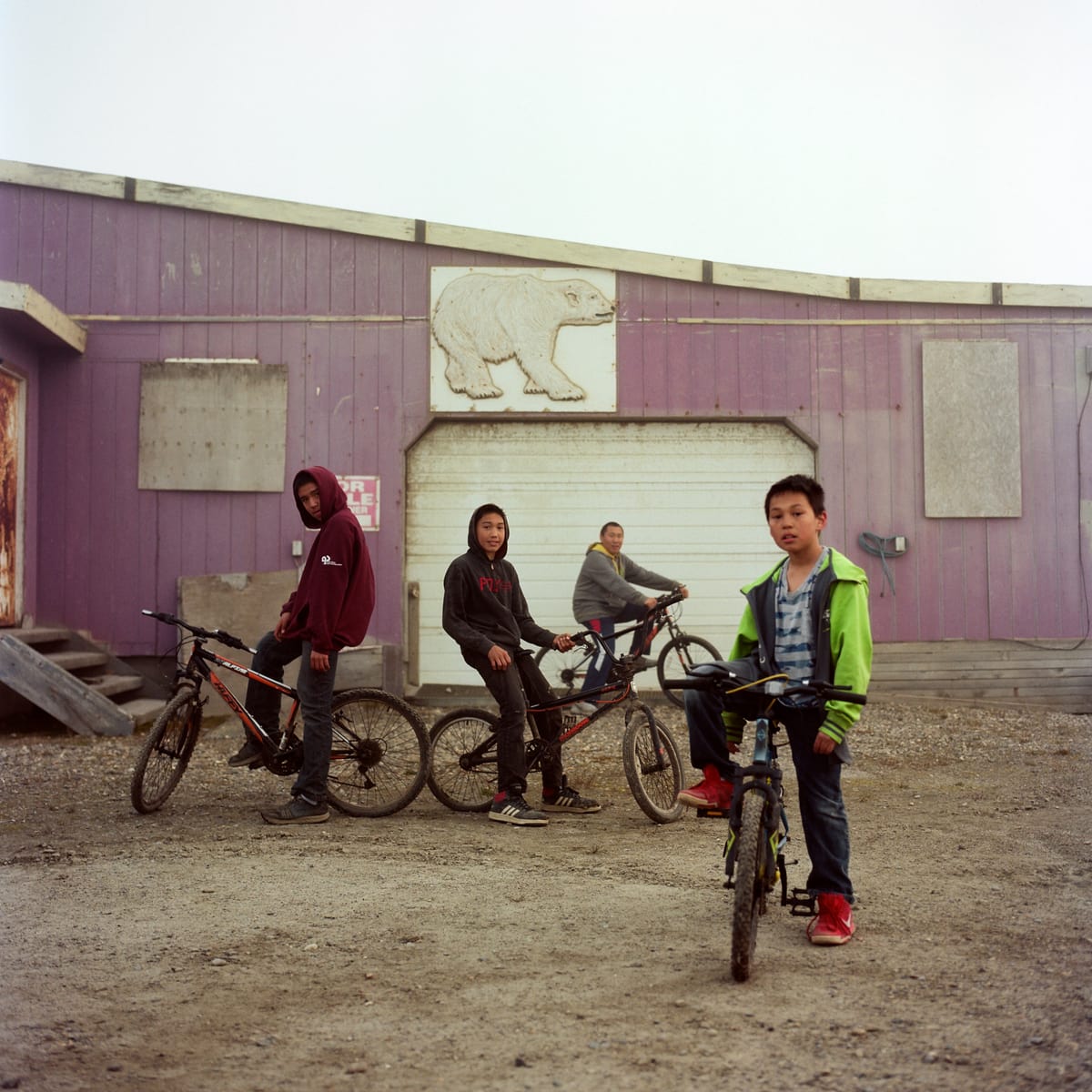
You say your specialty is environmental portraiture. What would you say is the greatest challenge related to that?
I would say the greatest challenge with environmental portraiture is building a relationship with a subject in a short amount of time. I have to build trust and have a connection with the subject for a good portrait. You can always tell in a photograph when someone doesn’t want to be photographed or questions you and your intentions.
Can you talk a bit about how you interact with people you photograph? Do you have any best practices you want to pass along?
I think it’s different for every photographer. I am not a big talker, but I love to listen to people tell their stories. Usually when I find someone I want to photograph, it’s because they’re doing something that interests me and I think that if it interests me, maybe someone else would like to see it too and learn something. When I find someone I would like to photograph, I always introduce my self first and tell them what I am working on and how I think they fit into this story.
I respect everyone I photograph and I want to leave behind work that shows as much good humanity as possible.

You’re a board member of Natives Photograph. We’d love to know more about how and why that organization came about.
My friend Daniella Zalcman, the founder of Women Photograph reached out to me and told me she had been speaking to Josue Rivas about starting the conversation about creating the database. From there we reached out to Joe Whittle and Nadya Kwandibens. We have all been working on North American Indigenous stories and all respected each other’s work, so from there we began working on reaching out to other North American Indigenous Photographers. Our hope is to bring balance to the way stories are being told in the media about indigenous peoples.
What can the industry do to better support indigenous photographers?
I am happy to see the changes that are occurring in the photography industry. It’s all due to a lot of hard work by not that many people, but they’re speaking up and people are listening. There’s a lot more work to be done though.
I would like to see more research being done by editors before hiring photographers. It’s getting easier and easier for editors to do a quick search for regional journalists and to see who is already working on culturally sensitive subjects. In the end, it’s better for the story and better for the reader if the one who is getting hired has some experience in the subject they’re photographing. Parachuting a photographer into an Alaskan village for three days, with no experience and expecting the photographer come back with something of substance is absurd and it happens all the time.

I love the “Disappearing Villages” work on your site. How did you find your subjects for that?
Thanks! I grew up in Girdwood and Anchorage, Alaska. It’s about 600 miles away from my father’s home village of Kivalina. I grew up feeling very disconnected from my culture. But in 2004, my family and I went to Kivalina for my Grandmothers funeral and on that trip, I decided I wanted to spend my career documenting Alaska Native life and reconnecting with my Inupiaq heritage. In 2007, I was sent to Kivalina by an Alaska Native health corporation to photograph village life. I was blown away when I saw the poorly made sea wall that was built to help with the village’s coastal erosion. I took photos of the sea wall and portraits of those being affected by climate change. After I shared that work, in 2008, I was hired by The Guardian to photograph the coastal erosion and people in Newtok, Alaska and later Shishmaref for the Alaska Dispatch News. I have been keeping up with the work since, but those are the three main villages and villagers I am focused on.
What would be the three biggest pieces of advice you’d give a young, aspiring photographer?
Do your best to find a subject to photograph that you really love. Something long term that you can keep coming back to work on.
You can get rusty as a photographer, so try and always be shooting. But try and make it fun so you don’t get burnt out.
It takes a lot of time and experience to build a career out of photography. Expect the first five years to be unpredictable and painful at times.
You can find more of Brian’s work on his website and Instagram.
All images by Brian Adams.
